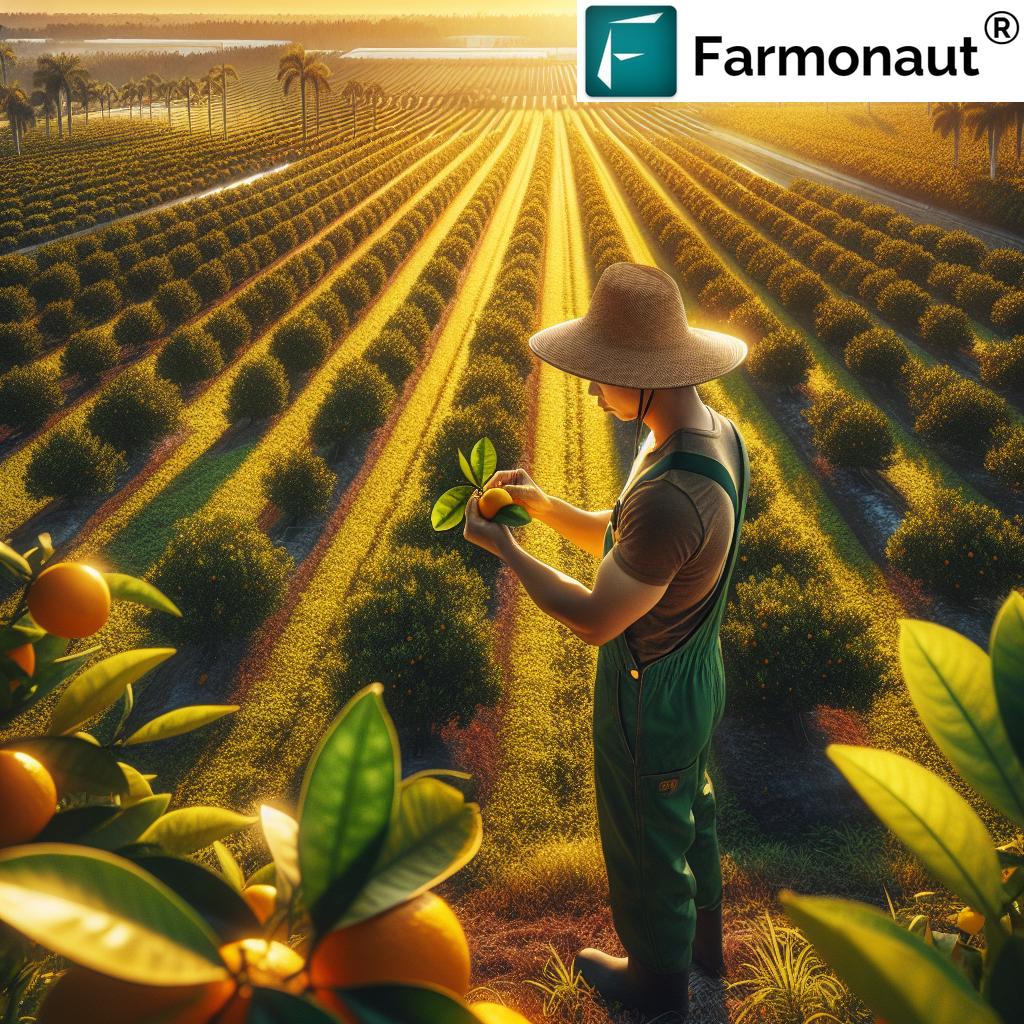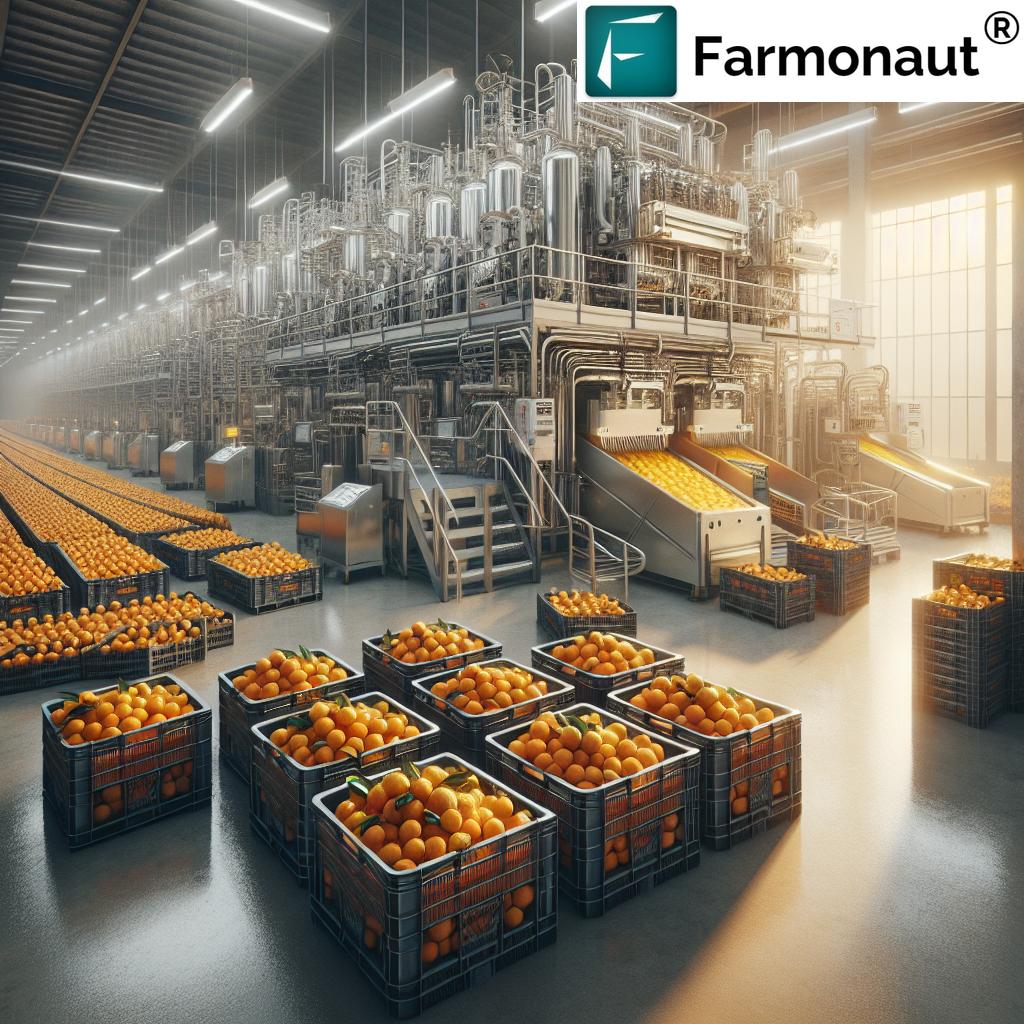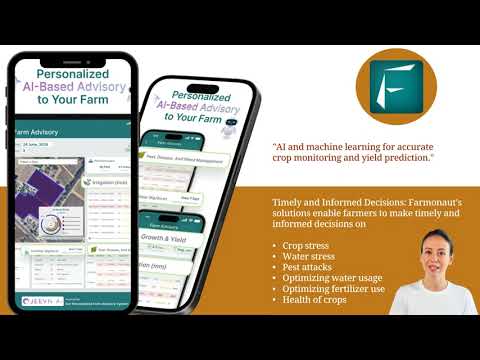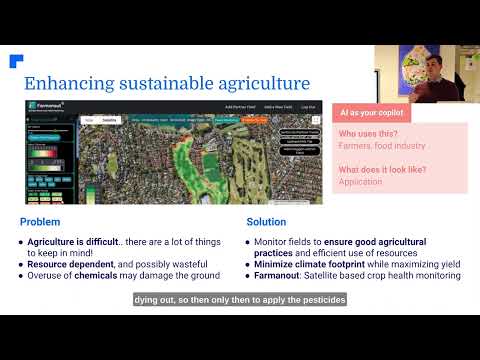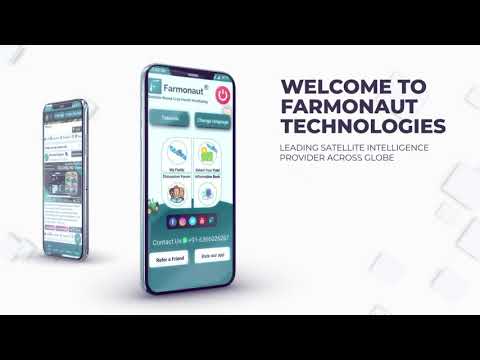Florida Citrus Industry: 7 Powerful Ways Polk Farmers Battle Greening
“Over 90% of Florida’s orange groves face greening, yet Polk farmers pioneer 7 sustainable solutions to revive citrus heritage.”
Introduction: A Tradition Rooted in Passion
We stand at the rich crossroads of history and hope in the Florida citrus industry. Across generations, Polk County farmers have nurtured our legendary orange groves—and today, as we watch children gaze in wonder at “juicers” freshly plucked from our trees, the responsibility of stewardship takes on new meaning. Our passion is not just about growing oranges; it’s about preserving a living landscape where families, wildlife, and communities can flourish together.
As we walk the familiar rows of citrus trees, we’re reminded how fragile this legacy is. Greening—known scientifically as HLB—casts a long shadow, threatening the very roots of our industry. But as Polk County farmers, we do not yield to despair. Instead, we unite around innovation and sustainability, drawing strength from our traditions while forging new solutions for the challenges ahead.
Let’s explore together how a new generation of farmers from Polk, Highlands, and Hardee counties is pioneering seven powerful ways to revitalize citrus grove management and keep the future of citrus farming in Florida green—and thriving.
Florida Citrus Industry Overview & Challenges
The Florida citrus industry is synonymous with the Sunshine State’s global identity. From Polk County’s lush croplands to the far south of Highlands and Hardee counties, orange groves stretch across more than 2,500 acres of family-managed land. For generations, these groves have produced the oranges that dominate tables and morning glasses worldwide, fueling an ecosystem of crops, packing plants, and passion.
We’re not just talking about fruit; we’re speaking of an industry that supports over 8,000 jobs in Polk County alone. Our work shapes economies and communities, with roots as deep as the trees we tend.
Despite this economic might, citrus farming challenges abound:
- Unpredictable freezes threaten tree health and harvests.
- Hurricanes storm across groves, slashing yield and damaging precious land.
- The specter of citrus greening disease (HLB) looms large—stealing productivity, withering generations-old trees, and pushing growers to question the crop’s sustainability.
- Urban expansion continually pressures us to sell our land for development rather than agricultural heritage.
For all these hardships, growing oranges in Florida remains our calling, our pride, and a tradition we’re determined to uphold. That’s why, as we adapt to the realities of today’s Florida orange harvest season, our focus shifts to the twin engines of research and sustainability.
Understanding Citrus Greening Disease (HLB) in Citrus Groves
At the heart of our current struggle lies a microscopic adversary: Citrus Greening Disease, known as huanglongbing (HLB). Spread by the Asian citrus psyllid—a tiny insect feeding on the leaves of our citrus trees—this disease is devastating not just for its invisibility but for its relentless progress across groves.
HLB in citrus trees results in:
- Yellowing leaves and stunted tree growth
- Bitter, misshapen fruit, unmarketable in packing plants
- Premature drop, weakening harvests year after year
- Tree death: Red ribbons mark the end of an era for trees that once fueled thriving orchards
More than 90% of Florida’s orange groves now grapple with some form of this disease, threatening our crops, our livelihoods, and Florida’s very identity as the orange capital of the world.
Our losses reveal a harrowing truth: once, it was easy to grow oranges in Florida. Now, each harvesting season is a battle—a process of “resetting the crop,” removing the dead, and nurturing the hope of healthier, resistant generation.
Sustainable Citrus Farming in Polk County: Values, Vision, and Resilience
To preserve our groves, it’s not enough to simply react to storms or disease. Our goal as Florida farmers is to build a resilient system that keeps fields green for generations to come—enriching both our land and the communities around us. Here’s what guides our mission:
- Environmental stewardship: Prioritizing sustainable methods in every process, from crop resets to water conservation and pest management.
- Scientific progress: We actively partner with research institutes like UF/IFAS to test and refine new citrus farming techniques.
- Community impact: By resisting pressure to sell farmland, we ensure future families—locals and tourists alike—can experience authentic Florida groves.
- Generational continuity: Our greatest legacy is passing this knowledge and land to our children, teaching them not just how to grow oranges, but how to revere and protect the green spaces we call home.
- Technological adoption: Leveraging advanced tools, from real-time crop monitoring to AI-powered decision-making platforms like Farmonaut Large Scale Farm Management, to make informed, impactful decisions.
With optimism and tireless innovation at our core, we’re creating new hope for the Florida citrus industry even in the face of unprecedented adversity.
“Polk County’s citrus industry supports 8,000+ jobs, inspiring a resilient community dedicated to sustainable orange farming.”
7 Powerful Ways Polk Farmers Battle Greening
The fight against citrus greening disease is not a solitary endeavor; it is diversified, collaborative, and deeply strategic. Let’s break down the seven most sustainable and impactful ways Polk County farmers are safeguarding the future of citrus farming in Florida, while drawing on lessons that can benefit the entire Florida citrus industry.
-
Planting Disease-Resistant Citrus Varieties
Breeding and planting new citrus varieties with natural resistance to HLB is a cornerstone solution. Our groves welcome these resilient cultivars, nurtured in research labs and tested across multiple counties. Each reset is a renewal of hope—a chance for future orange harvest seasons to thrive despite HLB in citrus trees.
Example: New rootstocks developed for improved greening tolerance and root health are routinely introduced, supporting both fruit quality and long-term survival.
-
Precision Citrus Grove Management & Monitoring
Leveraging satellite-based technologies for crop health monitoring enables us to map disease spread, detect early HLB symptoms, and quickly identify stressed or infested zones. This practice, powered by solutions like Farmonaut, empowers growers to act with pinpoint accuracy. Real-time NDVI and soil moisture data help us optimize both irrigation and fertilizer use, ensuring healthy growth with minimal waste.
Discover more: Farmonaut Carbon Footprinting helps us evaluate and reduce the environmental impact of our operations.
-
Biological Pest Control: Managing the Psyllid
Attacking the vector directly, we deploy natural predators and beneficial insects—rather than relying solely on chemical controls—to suppress psyllid populations. Release programs for parasitoid wasps and use of biopesticides are steadily gaining ground, contributing to an environmentally positive impact in our groves.
Benefit: This method reduces pesticide use and supports broader grove ecosystem health, from beneficial pollinators to birdlife.
-
Protective Covers & Physical Barriers
Young resets in Polk County stand protected by individual mesh or plastic sleeves, which serve as shields against psyllid infections and external weather elements. These covers are particularly critical in the vulnerable first years, preventing new outbreaks and boosting survival rates during Florida’s volatile hurricane season.
Process: The adoption of physical barriers is now routine across new plantings and resets, with impressive results in disease containment.
-
Precision Irrigation and Nutrient Management
Optimizing water delivery and nutrient input is perhaps the most immediate and cost-effective tool for improving tree vigor. Soil moisture data—accessible via Farmonaut’s satellite analytics—guides when and how much to irrigate, reducing both drought stress and disease vulnerability. Coupled with custom fertilizer blends for citrus, this approach cushions our trees through greening stress and erratic weather patterns.
Learn more: Adapt proven resource-saving strategies using Farmonaut Fleet Management to lower operational costs and support sustainable grove management.
-
Aggressive Tree Removal and Crop Resetting
Once a tree succumbs, quick removal is vital. Dead or dying trees, marked with red ribbons, are uprooted and replaced to halt infection spread. Our process involves careful tracking, mapping, and recording. In practice, this often means aligning removal schedules to the Florida orange harvest season, minimizing operational downtime and field disturbance.
Tip: Mapping infected zones with geospatial technology from Farmonaut Large Scale Farm Management speeds up the process and helps reallocate resources efficiently.
-
Enhanced Post-Hurricane and Storm Recovery
After storms sweep across our groves, rapid response is crucial for both survival and future yields. Immediate field assessments, moisture checks, and emergency nutrient applications help our trees rebound. Utilizing real-time weather analytics and management tools, as offered by precision platforms, makes protecting citrus crops from hurricanes a structured, less hazardous process.
Example: Integrating weather forecast data into grove management plans helps us schedule critical operations around hurricane threats and severe conditions.
Comparison Table: Sustainable Practices vs. Impact on Greening Control in Polk County
Future of Citrus Farming in Florida: Toward Sustainability and Innovation
We cannot separate the future of our fields from the future of our planet. Every sustainable practice we embrace—from disease-resistant planting to digital crop monitoring—serves two masters: profitability and environmental preservation.
- Collaborative Research: As young growers, we’re insistent about working with institutions to keep research and innovation moving forward—and to steer adaptation to local conditions in Polk County and beyond.
- Accessible Technology: Modern tools make a difference for everyone, from small family groves to large-scale enterprises. With cloud solutions and satellite imagery from the Farmonaut platform (available via mobile and web), growers large and small can access vital crop health data and weather insights.
- Sustainable Land Stewardship: Protecting groves from encroaching development is as crucial as fighting disease. Our optimism and resolve are grounded in the belief that Polk’s green spaces will remain orchards—not suburbs.
Let’s ensure that families visiting Central Florida, whether bound for the beaches or Disney, can still pass by postcard-perfect orange trees dotting the horizon. That is our shared promise and our responsibility as stewards of Florida’s citrus heritage.
Farmonaut’s Role in Sustainable Citrus Grove Management
As we face new citrus farming challenges, it’s vital we leverage digital, data-driven solutions designed specifically for our industry’s evolving needs. Farmonaut stands at the forefront of this era of precision agriculture, helping both individual citrus farmers and agribusinesses transform traditional grove management into a future-ready operation.
How Farmonaut Empowers Citrus Growers:
-
Satellite-Based Crop Health Monitoring:
With the ability to monitor vegetation health (NDVI), soil moisture, and environmental stress in real time, we can detect early signs of greening or water stress—maximizing orange yields and minimizing waste. No hardware installation required: all data is accessible via Android, iOS, and browser apps. -
AI-Driven Advice & Operations:
Farmonaut’s Jeevn AI advisory system delivers personalized tips—adapting to current crop conditions, weather patterns, and pest risks. For operational scale and efficiency, their Large Scale Farm Management tools simplify the logistics of monitoring multiple fields and vehicles, cutting costs and boosting safety. -
Blockchain Traceability:
Providing transparency for the journey from farm to table, Farmonaut’s blockchain-enabled traceability solutions enhance food safety and consumer confidence. This is especially vital for corporate clients and food brands sourcing Florida orange juice and whole fruit. -
Carbon Footprinting & Sustainability:
Tracking our carbon emissions through Farmonaut’s Carbon Footprinting Module lets us document, monitor, and reduce environmental impact year over year, supporting compliance and market readiness. -
API-Enabled Crop Management:
Growers, agri-tech businesses, and developers can integrate with the Farmonaut Satellite & Weather API—full API developer docs are available here—enabling fully custom field information systems, traceability apps, or yield prediction tools. -
Insurance & Loan Support:
Lenders can instantly verify crop health and farm area for financing decisions using Farmonaut Crop Loan and Insurance Verification.
For those growing oranges in Florida, especially in Polk County’s family-managed groves, affordable precision agriculture means our industry can remain environmentally responsible and competitive—today, tomorrow, and for future generations.
FAQ: Florida Citrus Industry & Greening
1. What is the main cause of citrus greening in Florida?
The disease, known as HLB, is caused by a bacterium transmitted by the Asian citrus psyllid. It affects citrus trees by stunting growth, reducing yield, and causing bitter, malformed fruit. It can ultimately kill citrus trees if not managed properly.
2. Which counties in Florida are most impacted by citrus greening?
Polk County, together with Highlands and Hardee counties in central and southern Florida, are among the most affected, as these are historic heartlands of the Florida citrus industry.
3. How does precision agriculture help citrus groves in Polk County?
Precision agriculture uses satellite imagery and real-time data to monitor crop health, soil moisture, and disease patterns, helping farmers act quickly and efficiently. This lowers costs, saves resources, and improves overall sustainability and productivity.
4. How do citrus farmers protect crops from hurricanes?
They use weather forecasts, adapt irrigation and nutrition plans, employ rapid post-storm recovery protocols, and rely on resilient tree varieties and protective structures to reduce damage during hurricanes or tropical storms.
5. What digital tools are available for citrus grove management?
Solutions like Farmonaut provide satellite monitoring, AI advisory systems (Jeevn), blockchain traceability, fleet and resource management, and carbon footprint tracking to streamline grove operations at all scales.
6. How can I access Farmonaut’s platform for my orange grove?
You can sign up using Farmonaut’s Web App, or download the Android App or iOS App for farm management on the go.
Conclusion: From Generations Past to a Greener Tomorrow
Every time we guide our children through Polk’s riotous thickets of orange trees, we’re reminded why our fight matters. Farming citrus in Florida is no longer “easy”—but with perseverance, research, and a united commitment to sustainability, our orange groves will endure.
We honor our family histories and steward a future where Florida’s fields remain alive with crops, juice, and hope. Through smarter grove management and tools like those provided by Farmonaut, we rise resilient—defending our heritage for every parent and child who finds magic in the simple shape of a sun-ripened orange.
Together, let’s ensure Florida’s postcards always show orange groves in bloom.



